Ahmad ibn Fadlan: The first known Arab traveler who arrived in the country of the Rus and the Saqlaba.
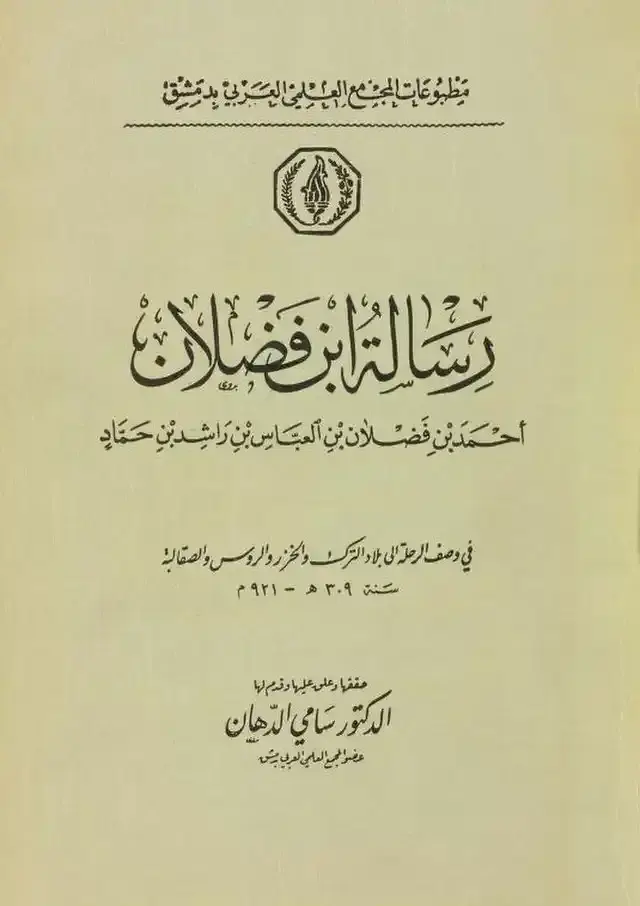
In 309 AH (921 CE), the Abbasid caliph al-Muqtadir Billah commissioned Ahmad ibn Fadlan to join an embassy from his capital, Baghdad, to the city of Bulgar (present-day Russia), then the capital of the Saqalba or Volga Bulgarians. The reason for sending this embassy was an answer to a request from the governor of Saqlaba, Almesh Ben Shilki, who had recently converted to Islam at the time, and wanted to establish an alliance with the Abbasid state to help him resist the power of the Khazar state, the Jews who imposed subordination on him. The aim of the embassy was to bring to the ruler of Saqalba gifts and money to build a mosque and a fortress to protect him from the attacks of the Khazars, and to be accompanied by jurists and teachers who teach the Bulgarians the teachings of Islam, and these goals were not fully achieved for several reasons, despite the embassy's success in reaching Bulgar after a trip that took about a year.
Recommend
Show key points
- In 921 CE, Caliph al-Muqtadir sent Ahmad ibn Fadlan on a diplomatic mission to the Volga Bulgarians at their ruler's request for religious and political support.
- The embassy's objective to deliver funds for building a mosque and fortress failed due to logistical issues and missing financial support from the Abbasid administration.
- Ibn Fadlan's narrative provides rare and detailed ethnographic observations of various peoples, including Turks, Khazars, and Vikings, encountered during his journey.
- ADVERTISEMENT
- His eyewitness description of a Viking ship burial is considered historically significant, though its general applicability to Viking customs remains debated.
- Despite some exaggerated claims in his account, such as tales of giants and massive snakes, Ibn Fadlan's writings are often praised for their scientific style and anthropological value.
- The only surviving manuscript of Ibn Fadlan’s travelogue was discovered in 1924 in Mashhad and remains the primary source of this historical journey.
- Modern Tatarstan recognizes May 12 as a national day honoring Ibn Fadlan’s arrival, funding major cultural and archaeological projects tied to his journey.

Ibn Fadlan's letter describes the various peoples and countries he met during his journey from Baghdad to Bulgaria. It contains detailed descriptions of his crossing through Islamic cities, including: Bukhara, Khiva and Jurjania, and very rare descriptions of peoples including: the Gazan Turks and other non-Muslim Turkic peoples of the time in the western Eurasian steppe, the Saqalba or Bulgarians whom Ibn Fadlan went on his journey, the Khazars whose country Ibn Fadlan may have crossed on his way back, and the "Russian" or Vikings, whose description is of particular importance because it is one of the first descriptions in history of the Norse merchants in present-day Russia, and because it includes The only known eyewitness described Viking rituals of shipbuilding, i.e., cremation of the dead inside a ship
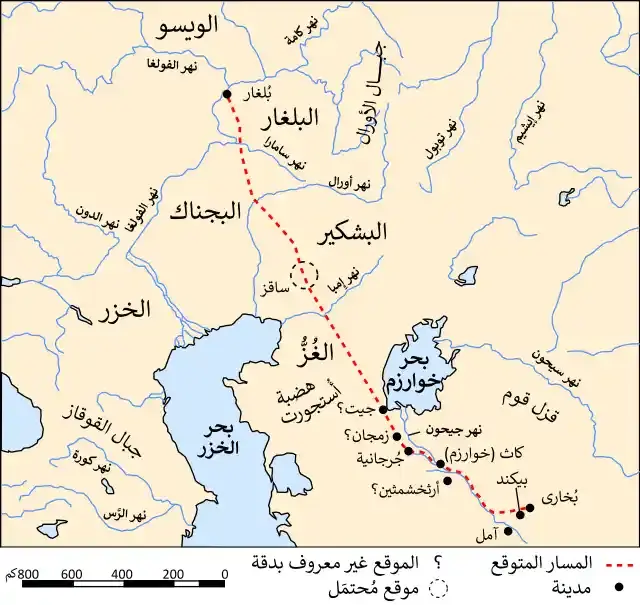
The embassy faced many challenges along its way, the most important and largest of which was money. Some researchers believe that the Ibn Fadlan mission failed because it was unable to achieve its primary goal of handing over the money requested by the king of Saqalba to rebuild a fortress and a mosque. The challenge was that the Caliph Al-Muqtadir did not hand over the delegation money directly, but ordered to deduct part of the abscess or income area belonging to the minister Ibn al-Furat, a city called "Arthakhmthin" located in the province of Khorasan (which is - according to Yaqut - a large city and full of markets in Khwarazm, although its location and current opposite is unknown), and a man named "Ahmed bin Musa Al-Khwarizmi" was assigned to receive the abscess and provide "Ibn Fadlan" and the delegation in it, but he fell into the captivity of the Samanid state and was unable to provide the mission, and was forced " Ibn Fadlan" and eventually sent him to continue their path without the promised money due to the approaching winter season. Thus, "Ibn Fadlan" reached his destination without the required money, which angered the king of the Saqlaba.
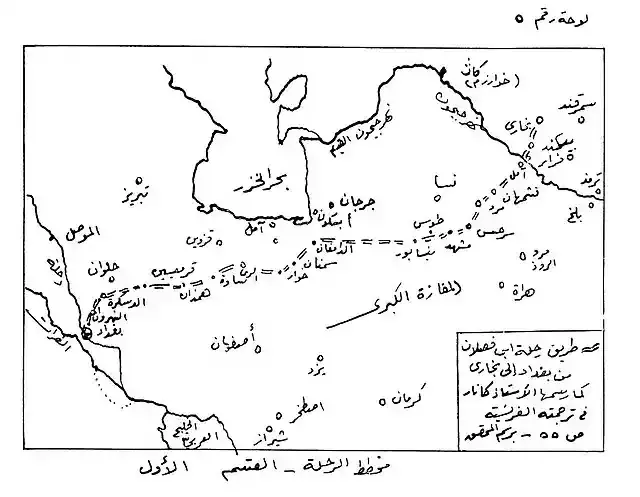
The style of Ibn Fadlan's message is described in modern research as «scientific«, and that it is characterized by his great interest in describing foreign cultures, customs and traditions accurately from food, drink, clothing, values, customs and rituals, so that his descriptions are similar to the descriptions of modern anthropologists and ethnologists of humanity, especially because of their distance from the fictional and mythological descriptions that abound in the books of other travelers of his contemporaries.

But Ibn Fadlan's letter is also exaggerated, such as his statement that Gog and Magog dwell behind a known wall in the North, and his statement that he saw the bones of a giant whose head was << like a large cave>> and <<ribs larger than palm trees>> and his description of the snakes he saw in the country of the Saqlaba as being like << tall tree with a height of more than a hundred cubits >>, although these exaggerations may be caused by panic. One of his most rational observations is his talk about the presence of rhinos or rhinos in Central Asia, but this animal has not historically inhabited these regions nor Currently, and what is interceiving for this observation is that "Ibn Fadlan" did not claim to have seen the rhino with his own eyes, but rather conveyed this story from the people of the country. Ibn Fadlan mentions that he saw three Tayfuriyyat (i.e., dishes made of rhino horn), and these dishes may have been made – in fact – from fossilized mammoth tusks found in the countries of the North, which was a famous and rare material for the manufacture of knife handles.
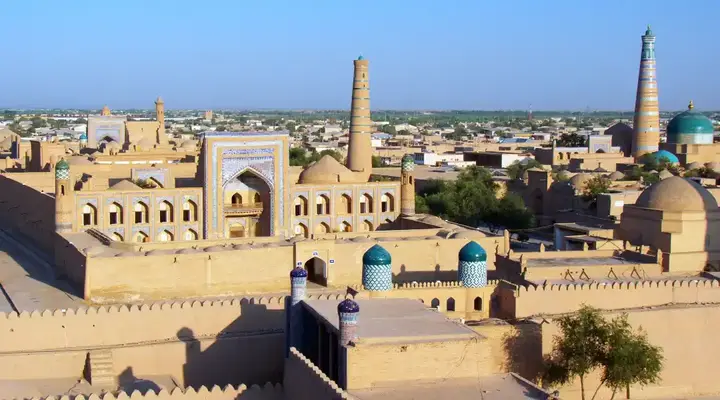
Ibn Fadlan's biggest catch in the countries he visited was religious belief, social activities (such as marriage), and economic activities (such as currency). He even shows an interest in language, describing the way people speak in a city as akin to "frog chirping," a judgment that shows a specific response to strange language that might refuse to be recognized as a language.

Ahmad ibn Fadlan's letter includes the only known description from an eyewitness of a Viking burial ritual, which is the burial of the dead in a ship that they set on fire until it burns and sinks. Historians trust the testimony of Ibn Fadlan, but some warn against generalizing it to the burial and funeral rituals of the Vikings and Scandinavians for several reasons, including: that the funeral was for a wealthy man (as Ibn Fadlan), because it was in Russia (not in Scandinavia), and because some of what Ibn Fadlan describes was words he heard from interpreters and then wrote (and errors may be in this translation, such as describing the old man as an "angel of death" and describing paradise as "green goodness"). Ibn Fadlan does not stop during this narrative to inquire about the meanings of the rituals and the things he sees, so it is difficult to interpret all the scenes he describes. The burial ritual may not have had a common nature among the Vikings throughout Europe at the time, but may have been a mixture of their customs with those of other peoples with whom they mingled (as shown by other historical evidence of ship burials, such as the Sutton Hoo site in Britain).
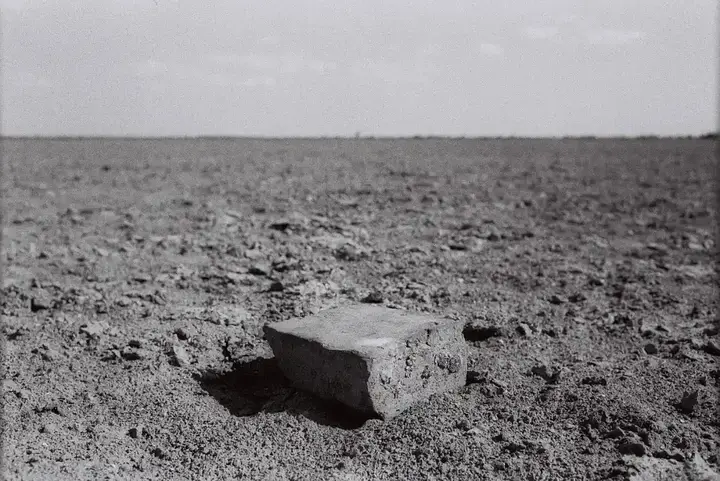
The most complete (and only known) manuscript of Ibn Fadlan's treatise was discovered in the Iranian city of Mashhad (historically: Tus) in 1924, from which the letter derives its present fame. The manuscript consists of 212 folios, each with 19 lines written in Naskh script, but at the end there is an interrupted narrative (concerning the news of the Khazar state). This is the only manuscript containing a continuous text from Ibn Fadlan's treatise, which describes his departure from Baghdad and his passage through Turk, Russian and Saqaba countries, and at the end of which there is a truncated chapter describing the Khazar state with Atil as its capital.
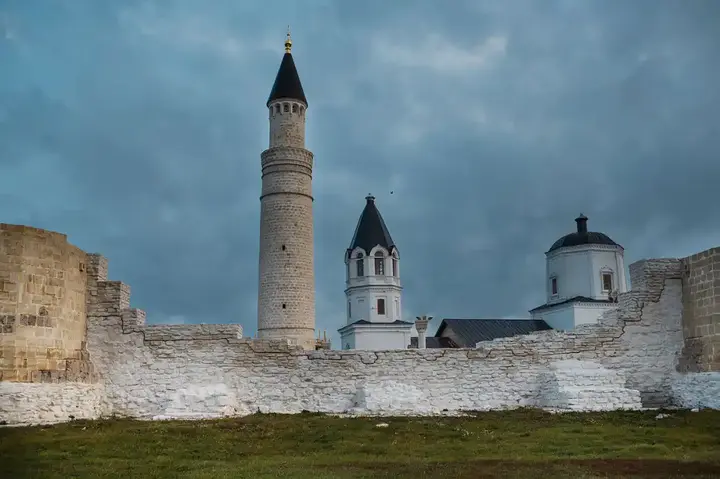
In 2010, the parliament of the Russian region of Tatarstan (the region administratively affiliated with the modern city of Bulgar) decided to adopt the date of the arrival of "Ibn Fadlan" to the country of Saqalba as a national day, which falls on May 12 every year, and the government launched a project with a budget of $ 100 million to excavate the antiquities of its ancient capital, which was visited by "Ibn Fadlan", and is working on the restoration of mosques and historical monuments of the city and the establishment of a museum bearing the name of "Ibn Fadlan".








